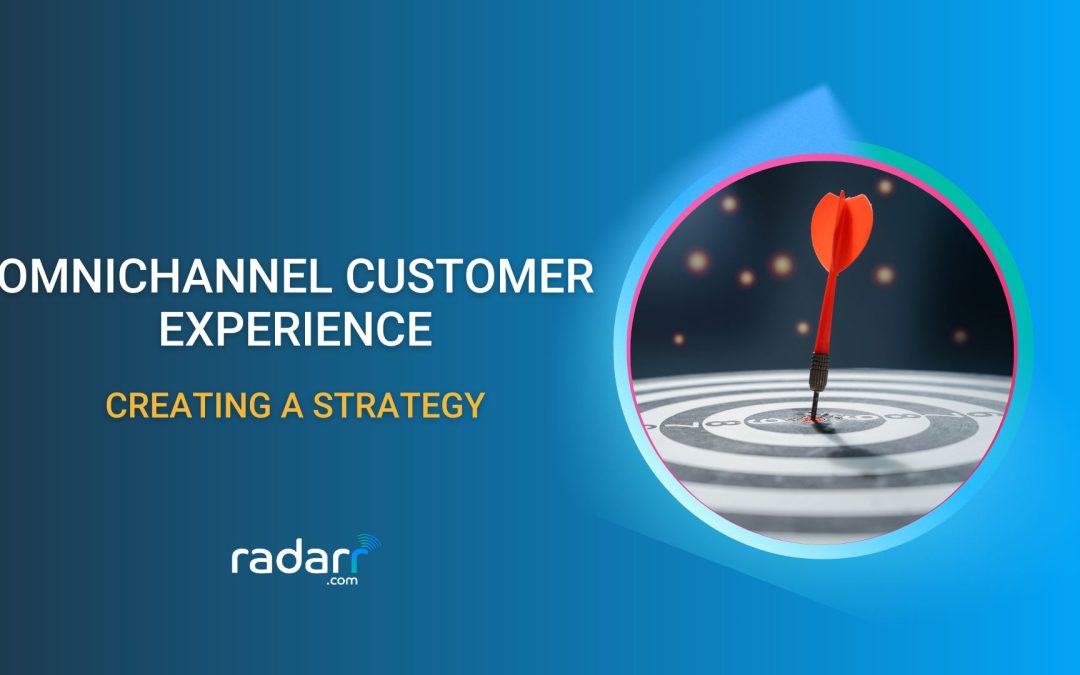There are currently at least five generations of consumers; who are audiences to your marketing content; who respond to your marketing campaigns; and who buy from you.
But wait a minute!
They’re not all the same. They all aren’t responding to all your marketing campaigns.
The question is — are you creating multigenerational customer experience strategies for your Shopify brand?
In this blog, we explore what multigenerational CX is and how to go about tailoring CX for diverse age groups.
Let’s get started!
How different generations engage with eCommerce brands
A study by Forbes Advisor and OnePoll found distinct characteristics of different generations in the way they interact, engage, and discover eCommerce brands. We extracted the most important data and cues that can help you in personalizing experiences for different age demographics. Here’s what we found:
| Generation Z (18-24) | Millennials (25 – 40) | Generation X (41 – 56) | Baby Boomers (57 – 74) |
| Relies on recommendations from influencers to build a relationship with a brand | 38% rely on recommendations from friends and family | 43% rely on recommendations from friends and family | 48% rely on recommendations from friends and family |
| Quality of product or service is important for long-term loyalty | Quality of product or service is important for long-term loyalty | Quality of product or service is important for long-term loyalty | Quality of product or service is important for long-term loyalty |
| Prefer personalized product recommendations | Prefer personalized product recommendations | Prefer tried and tested products and brands | Prefer tried and tested products and brands |
| 36% prefer in-store shopping | 44% prefer in-store shopping | 56% prefer in-store shopping | 60% prefer in-store shopping |
| Use less social media to discover brands compared to millennials | Most likely to use social media to discover new brands | Use less social media to discover brands compared to millennials | Minimal use of social media to discover new brands |
| Brands that align with their personal values is the most important factor | Personalized communication from the brand is the most important factor | Free trials is one of the most important factors | Brand reputation is the most important factor |
| Brands that advocate social equality | Brands that treat their employees well | Brands that protect their personal data | Brands that protect their personal data |
5 multigenerational customer experience strategies
If you want to create effective multigenerational CX design for your online store, it’s time for you to shed your old marketing methods and strategies. While there are many methods you can apply in your marketing, try these five actionable strategies, to begin with.
1. Tailor customer service experience to different generations
When it comes to customer service, people tend to have different habits based on the generation they belong to. Hence, if your brand focuses on a specific generation, it can be easy for you to provide the relevant customer experience.
However, if you cater to multiple generations, it’s important to understand the preferences of your different customer segments.
Here are some tips to help you:
- Baby boomers prefer one-on-one interactions on the phone, and may not feel comfortable with technology
- Millennials are more comfortable with technology and hence prefer live chat or interacting over WhatsApp and Messenger
- Gen Z prefers quick and efficient service and hence may be more inclined on using apps and chat channels
- If you cater to a diverse customer base, it’s essential to have an effective multigenerational CX design around customer support
Pro tip: Ensure your customer support systems and tools are in sync with your other digital assets. This will help you with data collection to understand the preferences of different customers.
Explore Radarr to communicate with customers, track your customer support team’s performance and collect insightful data.
2. Multigenerational customer experience strategies for social media
Consider these figures:
- 62.3% of people use Instagram to research brands and products
- 42% of Gen Z connect with brands that interact with them on social media
- 47% of millennials use social media to learn new trends and prefer original content
Food for thought, right?
Your target customers have different needs and preferences from your social media content. Are you creating inclusive customer experiences for them? Here’s what you can do:
For millennials: create social media communities
- For millennials, thing about creating communities on social media channels
- Identify and narrow down the purpose of your social community based on your product or service
- For instance, listen to what your customers are talking about, the questions they’re asking, and then think of topics for your customer communities
Example: Nood, a brand around women’s health and comfort has built a community on its social media channel. The brand initiates conversations around women’s health and sustainability and community members join in the discussions. Building communities is also an excellent way for personalizing experience for different age demographics.

For Gen Z: create interactive campaigns
Gen Z are more interested in two-way interactions with brands. Here’s how you can create an inclusive customer experience for them:
- Create awareness campaigns in different interactive forms such as quizzes, polls, etc.
- Ensure your social media manager responds to customers’ questions and comments as soon as possible
- Gather Gen Z customer data and insights to create multigenerational customer experience strategies for social
In a similar manner, collect data on what other generational customer segments are looking for and create relevant social media experiences for them.
3. Build empathy and emotional connection with different generations
Whether we like it or not, there is bias and ageism in our everyday life, including in marketing. If you want to win as a brand, you’ll have to be more than age neutral.
We’re already seeing a shift in the way brands are approaching multiple generations of consumers via emotional intelligence. For instance, see the chart below that shows some brands that measured the emotional connection score of their customers.

So how do you build strategies for cross-generational customer satisfaction by incorporating emotional intelligence? Here’s how:
- Identified emotionally-connected customers and target them with special messaging based on their age-groups
- Transform satisfied customers to connected customers by keeping their emotional needs in mind
- Consider every touchpoint in customers’ journey and create experiences that connect with them emotionally. For instance, in-store, online, omnichannel, social media, etc.
- Use data to identify factors that motivate customers emotionally across different generations
4. Create effective multigenerational CX design
No matter the generation online consumers belong to, one thing that’s imperative is user-friendly interfaces, design, and navigation. And it’s one of the most critical to designing multigenerational customer experience strategies.
Factors that affect customer experience across age-groups:
- Ease of use
- Accessibility
- Sensory experiences (seeing, hearing, colors, etc.)
And here’s how you can incorporate these into your customer experience strategies designed for different generations.
- Keep your multi-generational customer base at the center of your strategies
- Ensure you consider vision, cognitive abilities and motor skills when designing your marketing campaigns
- Keep your website and app navigation simple and easy
- Create multigenerational inclusion guidelines for your teams
- Paying attention to details such as font size and brightness can make a huge difference in creating inclusive customer experiences
5. Move beyond multigenerational, think intergenerational
Research by marketers and social scientists shows that the differences between generations are fuzzy.
Why?
Because “generational thinking is absurd at a time when the revolution in real-time data from smartphones and digital platforms offers more accurate ways of predicting and shaping individual consumer behavior.”
So, what should brands do?
- Prioritize data: Collect real-time data with the help of digital tools and software. Extract information on individual preferences and use data to cater to individual wants and needs.
- Avoid mixing age with lifestyle: A large segment of the older generations now lives a youthful lifestyle, is tech savvy, and prefers to transact just the way the younger generations do. Again, data can help you understand your customers’ preferences.
- Bring different generations together: Instead of separating different generations, craft your marketing messaging in a way that brings people of all age groups together.
Example: Nike’s Unlimited Youth campaign celebrates everyday athletes who push the limits. For example, the brand featured a 93-year-old triathlete.

Summing up – how to get started with multigenerational customer experience strategies
With so many generations to cater to, creating effective multigenerational CX design can seem like a daunting and complex undertaking.
And that’s why you need intuitive tools to help you leverage the power of data to establish strategies and reap benefits.
Meet Radarr, now coupled with Genesys, it’s the one tool you need to build a unified customer experience for your online brand. From social listening to owned page analytics to sentiment API, the comprehensive tool is designed to tailor CX for different age groups.












